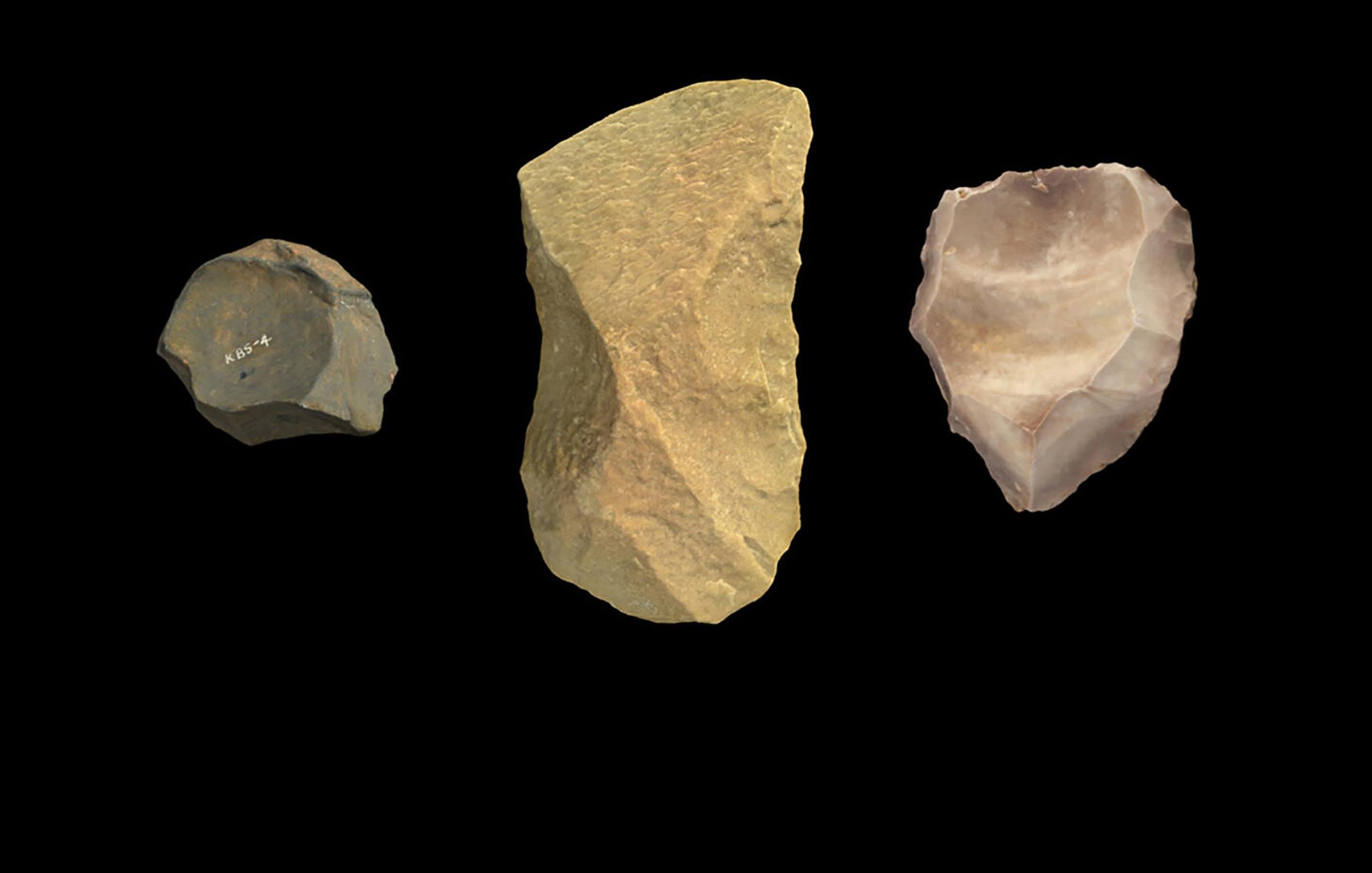
2 minute read
ASU study points to origin of cumulative culture
When did our earliest ancestors begin to make connections and start to build on the knowledge of others, setting us apart from other primates?
Cumulative culture — the accumulation of technological modifications and improvements over generations — allowed humans to adapt to a diversity of environments and challenges. But, it is unclear when cumulative culture first developed during hominin evolution.
ASU researcher Charles Perreault and doctoral graduate Jonathan Paige shed new light on the mystery in a study published in the Proceedings of the National Academy of Sciences journal in 2024. The researchers conclude that humans began to rapidly accumulate technological knowledge through social learning around 600,000 years ago.
“Our species, Homo sapiens, has been successful at adapting to ecological conditions — from tropical forests to arctic tundra — that require different kinds of problems to be solved,” says Perreault, a research scientist with the Institute of Human Origins and an associate professor with the School of Human Evolution and Social Change . “Cumulative culture is key because it allows human populations to build on and recombine the solutions of prior generations and to develop new complex solutions to problems very quickly.”
Paige and Perreault analyzed changes in the complexity of stone tool manufacturing techniques across the past 3.3 million years of the archaeological record. The researchers discovered that stone tools remained simple until around 600,000 years ago near the beginning of the Middle Pleistocene epoch, when they rapidly increased in complexity, signaling the development of cumulative culture in the human lineage.
The Middle Pleistocene also shows consistent evidence of controlled use of fire, hearths and domestic spaces, likely essential components of the development of cumulative culture.










